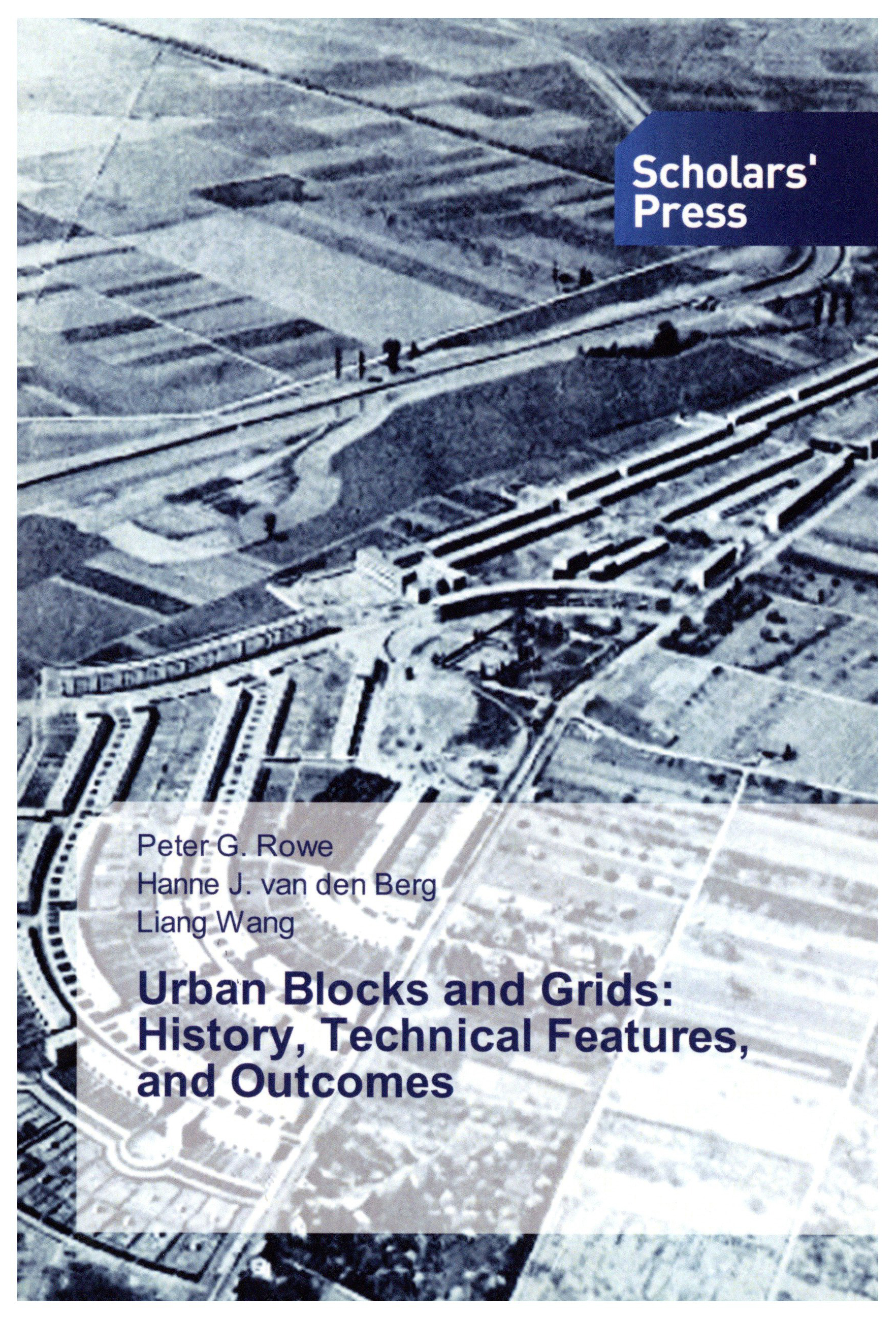Urban Blocks and Grids: History, Technical Features and Outcomes

Authors: Peter G. Rowe, Hanne J. van den Berg and Liang Wang.
Scholars Press, 2019.
This book is about urban blocks and grids, a fundamental way in which the space of cities and other urban settlements are arranged and ordered. It aims to trace the lineage of this form of city making across several cultural divides which have been in play for many centuries. Interest here in the subject stems from several sources. First, as a fundamental underlying structure of urban settlement, the scale, patterns and alignment of blocks and grids exert substantial bearing on the physical composition of cities and urban settlements and, by extension, on important aspects of urban design. Second, this underlying structure and influence on urban design shapes the way in which cities and towns can be used. Indeed, it is the case “that we make our cities and are made by them in turn”. Thirdly, ramifications of this reciprocal relationship also impinge on the potential use characteristics of cities and towns, as well as on other performance features, like socio-economic manifestations of community and environmental outcomes.
Following a brief introduction, the remainder of the book is divided into four chapters. The first is a brief survey of historic occurrences and developments of urban blocks and grids from very early manifestations in emerging compact settlements, followed by cross comparisons from other parts of the world, including Europe, the Americas, North Africa, Central and East Asia, as well as across different time periods. The third chapter extrapolates and abstracts representative conditions of urban blocks and grids in terms of types of behavioral outcomes. Mostly, this discussion hinges around the grain and size of urban blocks, as well as the intrinsic advantages and disadvantages in terms of habitation, flexibility of use, accessibility, and environmental performance. Chapter four takes up with the question of any possible optimality in urban block and grid arrangements through the specification of a parametric model for analyses and selection. Finally, several appendices expand upon parts of the general discussion, largely with further examples. Throughout the text is copiously illustrated with some 98 graphic depictions.
Topics: Urban Blocks, Urban Grid Arrangements, Measures of Performance, Parametric Modeling.